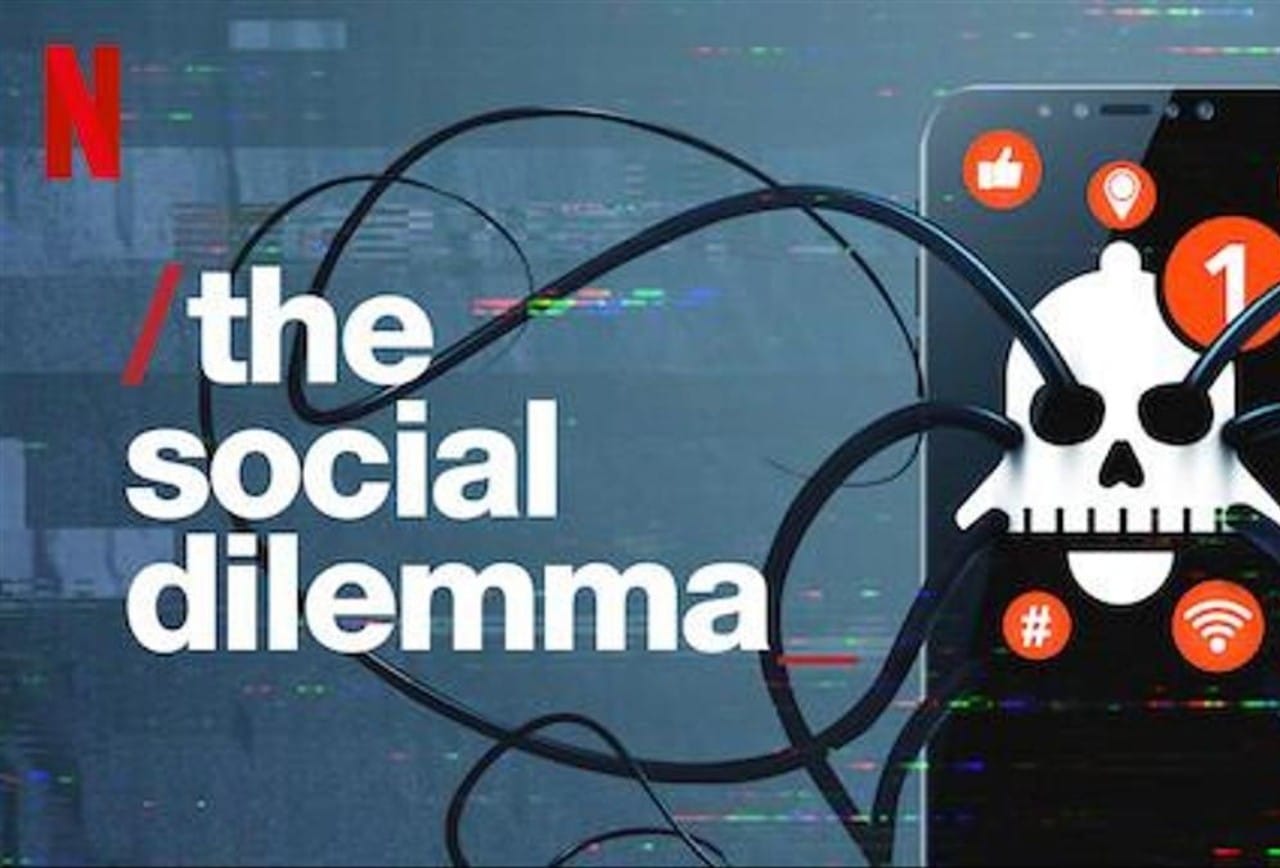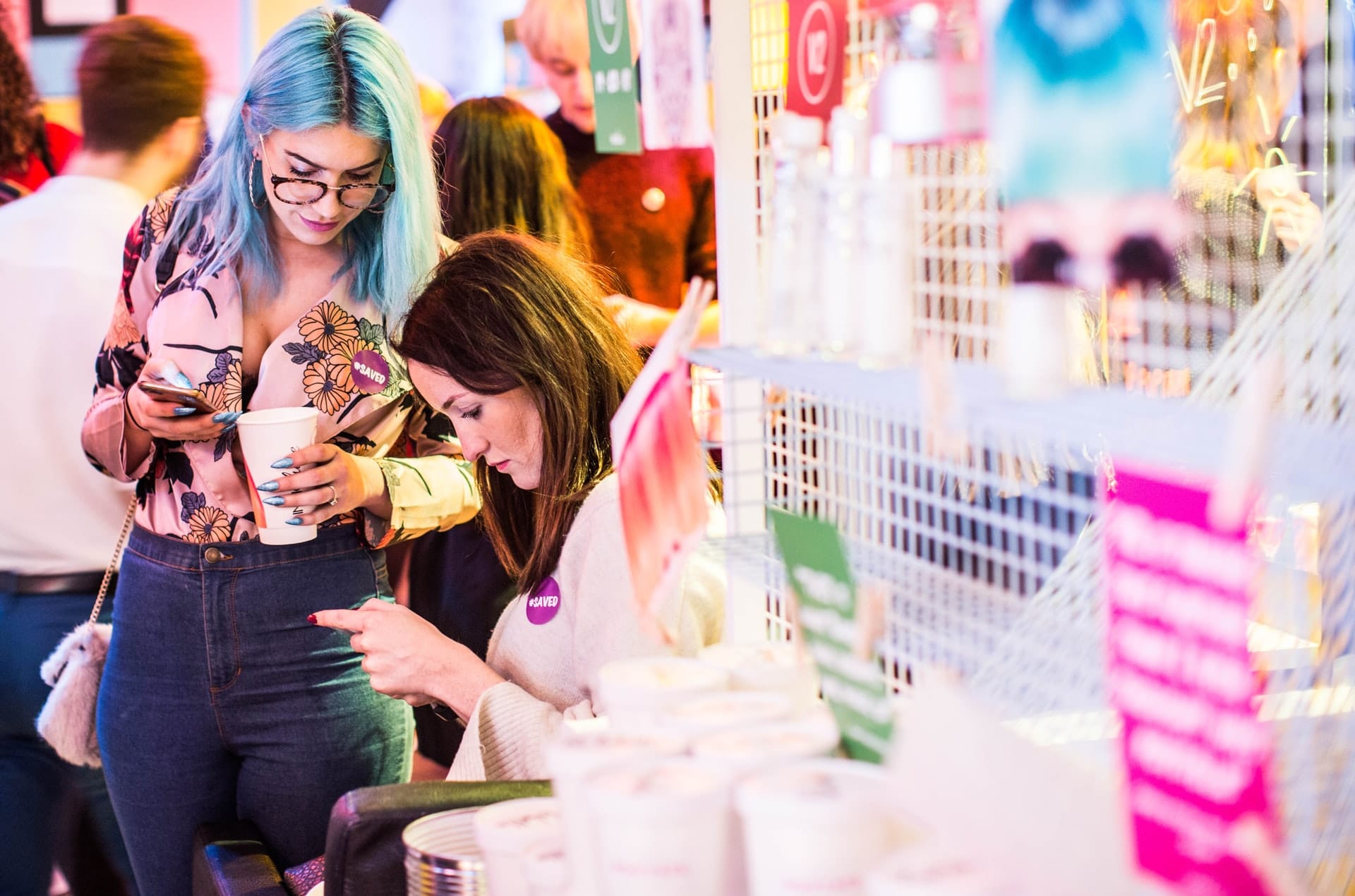
WHY BRANDS NEED TO RELATE TO AUDIENCES NOW MORE THAN EVER
Gone are the days when brands were nothing more than a logo or a billboard advert. In 2021, consumers expect a lot more from the brands they support, with authenticity, transparency, and brand-consumer connection now prerequisites to their survival.
Consumers are looking to have an authentic two-way relationship with brands, and this shift from one-way communication has turned the advertising industry on its head. For a brand to succeed in this landscape, they need to feel authentic, honest and relatable. A far cry from the sale-sy tactics of the bygone age of print, digital media, and even pre-COVID social media.
So what does it mean to be ‘authentic’, exactly? And how can brands and influencers achieve authenticity without it feeling forced or fake (something the modern-day consumer can smell a mile away)?
What Is Brand Authenticity?
A study by Stakla reported that 86% of consumers say that ‘authenticity’ is a key factor when deciding what brands they like and will support. So if you are a brand looking to make it in this new branding paradigm, yes, you should be paying attention.
Beyond just another trend, the move towards authenticity represents a major shift in consumer consciousness that is echoed in politics, the arts, and society as a whole. The overall level of discernment of the average consumer has increased dramatically, and this escalated awareness coincides with the rise of the ‘cult documentary’.
Documentaries used be mostly reserved for conspiracy theorists and minority audiences. But now documentaries that expose big industries are now part of mainstream entertainment, available to watch on Netflix at a click of the button. The Great Hack, Our Planet, The Social Dilemma, and 13th are some of the highlights of 2020 that have shaped the way the average viewer now sees the world. And brands are expected to respond accordingly.

Image source: netflix.com
Consumers are sick of being sold to, and more importantly, lied to (and probably sick of being referred to as consumers, too). No longer wooed by flash and glamour, the 2021 consumer values connection, meaning and a personalised experience. They want to know that the brands they are supporting align with their own values.
Brand authenticity can be as simple as a coherency between what a brand says and what a brand does. Or more importantly, what a brand says they do and what they actually do. The cornerstone of authenticity, therefore, is having an outstanding product or service, that truly does what it says on the label. Once you’ve got this right, it’s about making sure you appear as authentic as you really are.
There are many ways that brands can appear more authentic to their audience. The best way, of course, is to truly be authentic. With the right intention, this can be achieved in a number of ways. Here are some you can implement right away.
3 Ways Your Brand Can Better Relate To Your Audience
Tell A (Good) Story
Beyond a tag line and a pretty website, people want to know what happens behind the scenes of the brands they love. For brands, this means greater transparency. And the way to do this is through storytelling.
There is a stark difference between sales copy and storytelling. Sales copy starts with the bottom line, whereas storytelling leads the reader to the bottom line though compelling, relatable messaging that converts customers from buyers into believers.
When you meet a new person you’re interested in, you want to know their story. Find out where they are from, what they do for fun, what gets them up in the morning, what their core values and beliefs, dreams and goals all are. When their story resonates, you’ll form a connection. When it doesn’t, you’ll most likely part ways. And when meeting a new brand, it is no different.
The goal of storytelling is to connect your brand with your audience through sharing brand values that make the discerning consumer feel great about swiping their card.
“Compelling stories engage consumers, elicit emotion and foster loyalty, forging a meaningful relationship that goes far beyond product and service.” – GWI
Websites, newsletters and social media platforms offer ample opportunities for brands to tell their story. But first, brands need to understand their audience to ensure they are telling a story that is not only authentic to their values, but resonates with their audience. This is when data comes in.
Take AirBnB, for example. They extracted valuable information from the data provided by their consumers in order to tell a story that resonates, as well as to improve their product in ways that can better solve the problem that their users have.
As with all aspects of authenticity, it’s a brand’s responsibility to not only speak their own truth, but to provide a personalised experience and create useful and genuine solutions to their consumer problems. And in lieu of data, the best way to do this is by having a conversation.
Over the past 12 months we’ve seen the rise of platforms such as TikTok and Triller that allow the rapid creation of short-form video content. By its very nature, TikTok is a more ‘real’ social platform. It’s about creating videos regularly (normally several times a day) and being reactive to current trends. In some cases it’s miles from the heavily edited feeds we’re used to seeing on Instagram. But there’s no denying that it’s a format that resonates – perhaps no surprise then that Instagram has mimicked this functionality in the form of its own “Reels”. But for brands and influencers alike, this type of quick and reactive visual content offers a new opportunity to tell authentic stories. In particular for luxury brands, it’s a licence to step away from the limitations of a meticulously curated feed.
Create a Two-Way Conversation
“Bye-bye” auto response, “hello” conscious connection. Today’s consumer wants to feel seen, heard and acknowledged, and an auto-generated message will no longer cut it for many who are looking to develop a genuine relationship with the brand they are choosing to support with their time, attention and wallet.
Traditional advertising relied on a top-down model of messaging, with no opportunity to respond. This changed dramatically with the dawn of social media and instant messaging, where users suddenly had a platform to comment and respond, opening up the floodgates to public feedback, reviews, rating and of course, haters.

Image source: Unsplash
Since the appearance of the first comment box, brands have understood the importance of having a two-way conversation with their consumers. Yet somewhere between 2013 and 2020 the bots took over. Whether it be an auto-reply on Facebook or an email funnel, the chain in communication was broken once again. In 2021, people want to know they aren’t speaking to a bot. And yes, they do know.
In line with the call for authenticity, and a yearning for genuine connection in the midst of a disconnected pandemic-choked world, the need for an actual human behind a brand is real.
Leverage User Generated Content
User generated content is a bit like word-of-mouth for the modern era. Of course you expect a brand to tell you all (and only) their good bits. But when a regular person – or better, a customer – raves about said brand, what’s being said takes on a whole new meaning.
User generated content is most commonly thought of as republished posts from users or ‘micro influencers’. This process has been made even more accessible through platforms like Instagram allowing resharing of stories with brand mentions and TikTok enabling user generated videos to be downloaded and easily shared on other platforms. This type of user generated content creates an eco-system of credibility, where;
- The brand can show they care by reposting their user’s content
- The brand’s followers can see an authentic example of the service/product being enjoyed by a user
- Those same followers are by way encouraged to also tag the brand in order to be exposed to the brand’s own (presumably greater number) of followers
This creates a win-win-win that brims with authenticity, and builds the coveted brand-audience relationship (and it doesn’t cost a thing!).
Other types of user generated content are testimonials and reviews, which still top the list as the most important purchasing decider for the majority of consumers. Recent surveys showed that 93% of customers read online reviews before buying a product, and 91% of 18-34 year olds trust online reviews as much as personal recommendations. The more brands can leverage reviews, the more they appear authentic to their audiences. Reviews are the link that connects the authenticity bridge of what brands say they do versus what they actually do. Priceless.
Yet in the same breath, this is exactly the reason why above all, the quality of the actual product or service far outweighs the messaging around it. In this age of authenticity, the best way for a brand to appear authentic to their audience is to actually be authentic. Walk their talk, be honest and create meaningful connections with their customers.
Want to get authentic with your audience? We’re ready when you are.

